Pruning clematis: groups, types and step-by-step instructions

Clematis is a culture that necessarily requires pruning for its successful development. However, unlike most other plants, the treatment of even similar varieties can vary significantly.
Appointment
Pruning is considered an extremely important part of clematis care. If everything is done correctly, taking into account the characteristics of a particular variety, then it is possible to guarantee the correct development of the culture, its longevity and beautiful regular flowering. The procedure itself is easy - you just need to remove the excess with a secateurs. However, the timing, place and amount of cut off are determined depending on which cut group the clematis variety belongs to.
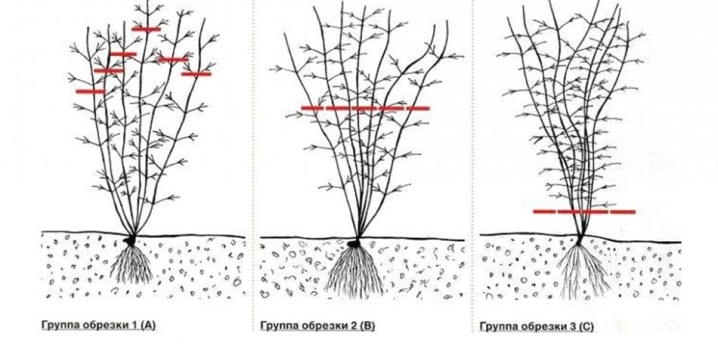
Types of trimming
Each type of trim nIt is produced for a specific purpose and has its own functions.
- First of all, regardless of which group the clematis variety belongs to, it requires sanitization, which is carried out in autumn or spring. The main point of such a procedure is to eliminate already non-viable processes, that is, dried, broken or diseased branches.
- In preparation for winter, clematis also needs to remove all available leaves, adhering to the rules characteristic of a particular group. This is considered the main type of pruning.
- Decorative pruning is carried out at the request of the owners and is arranged in order to make the shape of the bush more attractive and limit its growth. There are no special rules for decorative processing.
- Approximately once every five years, clematis undergoes anti-aging pruning, carried out immediately after the flowering of the buds. During the procedure, all old vines are removed and all conditions are created for the appearance of new shoots. Rejuvenation is carried out in two stages: removing part of the old branches in the first year and another part the next year.

Browse varieties by group
In clematis, it is customary to distinguish three main groups, according to the rules of which autumn pruning is carried out.
The description of the first group should begin with the fact that it unites those varieties that bloom at the junction of spring and summer on shoots left over from last year. For example, we are talking about such types of clematis as Siberian, mountain, and also Alpine... These plants do not require shelter at all, and therefore they do not even have to be cut before the onset of frost. However, gardeners still carry out light processing at the end of flowering, freeing the shrub from diseased and weakened branches, and also shortening the shoots in case of excessive height.
The first pruning group includes representatives of the species group "Atragene"... Its varieties are formed, which are the result of the selection of various mountain species, for example, Alpine, Korean, Okhotsk, mountain, Siberian, large-petal and Turkestan. All of them are able to survive frosts down to minus 40 degrees right on the trellis.
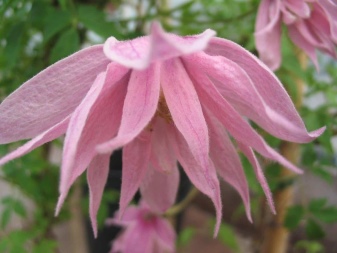

The second group of pruning includes clematis, the buds of which bloom both on last year's shoots and on fresh ones. Plants should be pruned twice a year. The first pruning is carried out on last year's shoots after the buds have faded. This is done either in May or in June, and it is last year's shoots that are removed - the fresh ones should not be touched. The second pruning is arranged in the fall after the first frost, but even before the plant has been prepared for wintering.All thin, diseased or weakened shoots of this year are cut out completely, and strong ones are shortened by one third. Further, all the shoots are rolled up in rings and laid out on the ground, after which the clematis is covered with spruce branches or special material.
Large-flowered hybrids of this group come from the species Patens, Florida and Lanutinoza... In autumn, they are shortened so that 10 to 15 nodes remain on the shoots, which corresponds to a one and a half meter plant height. In an adult specimen, only 10-12 healthy shoots are left. We are talking about varieties Dr. Ruppel, Yulka, Gladys Picard, Akaiishi, Solidarity, Sunset, Miss Bateman, Asao other.


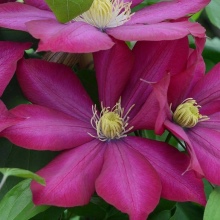
The third pruning group unites clematis, which bloom only with fresh shoots, and the buds are plowed up from July to September. We are talking about representatives of the varieties "Vititsella", "Integrifolia", "Orientalis", "Zhakmana"... The shortening of the shoots is carried out to the maximum extent in order to ensure abundant flowering for the next season. Shoots are cut so that only 2-3 knots are left, moving from the ground. If clematis has not yet crossed the second year of life, then strong pruning is recommended for him, regardless of which group he belongs to. In this case, we are talking about varieties "Warsaw Night" (or "Warsaw Nike"), "Viticella", "Pink Fantasy".
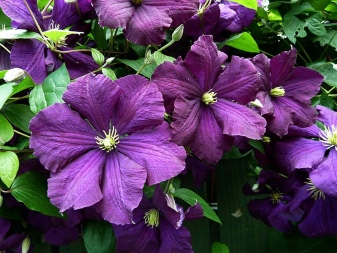
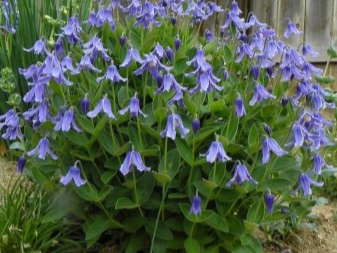
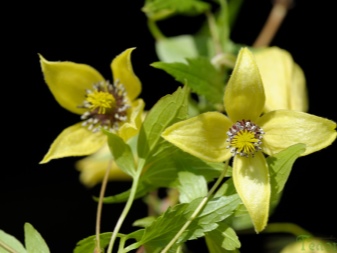
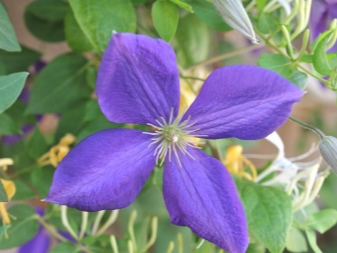
Combined pruning is recommended for some clematis of the "Lanuginoza" subspecies. The fact is that in June the buds open on last year's shoots, and in the middle of summer they bloom already on the current branches. You have to combine trimming of the second and third groups. In autumn, fresh shoots are slightly shortened and removed under cover, but old branches are almost completely eliminated as soon as they fade. According to another principle of combined pruning, the shortening occurs in such a way that three tiers are formed.
The first is processed at a meter level from the ground, the second - at a distance of 0.5 meters, and the third - at a mark of a couple of kidneys. After processing, the plant takes cover for the winter. In the spring, as soon as this or that shoot fades, it will have to be cut out almost completely. The emerging young branches will also be cut at different heights.

How and when to trim correctly?
It is believed that pruning clematis in groups is more relevant for specialists, and amateurs, and especially novice gardeners, need not delve into the intricacies and adhere to general rules. In the fall, the shortening of the shoots is the same, regardless of the group. For the winter, it is better to shorten the shoots so that one or two buds remain above the ground. This allows the root systems to wake up faster in the spring, and then bloom more actively.
It is customary to combine pruning with pinching; it can be carried out in the summer at the beginning of June. This procedure promotes better branching of plants. EIf clematis belongs to the first or second group, then it should be pinched so that 30 centimeters are kept from the ground to the selected mark. Further, when the lashes grow up, the height should be increased to 50 centimeters. Clematis from the third group are pinched for the first time at a height of fifteen centimeters, then at around 20-30 centimeters, and then at a height of half a meter.
The pruning itself is carried out using a conventional pruner or a sharpened knife. The cut should be done in such a way that at least 5 centimeters remain between it and the nearest kidney. It is important to make an oblique movement of the tool so that moisture does not remain in the resulting place, which can provoke the appearance of rot.
In addition, we must not forget about the disinfection of the point, especially if one plant is processed after another.
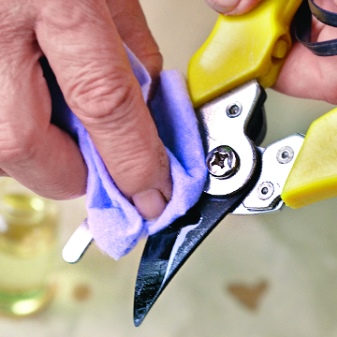
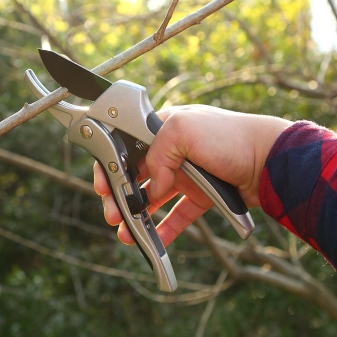
As a rule, a healthy and properly developing clematis has 10 to 15 lashes.However, in some species, the number of shoots is significantly increased, and therefore they need to be thinned out in order to avoid thickening. It is better to do this after clematis has flowered. All plants also require sanitization, which can be done regardless of the season. Broken or diseased branches are removed immediately.
By the appearance of clematis, it is almost impossible to determine which group it belongs to. In most cases, the only way to find out is to check with the seller or read the label. However, experts believe that the double petals of the buds are characteristic only for the second pruning group. Small-flowered clematis in most cases belongs to the first group. If in doubt, it makes sense to carry out a combined pruning and empirically determine which group clematis still belongs to.
Spring pruning is carried out at the beginning of the season, as it is necessary to be in time before the buds awaken and the juice begins to move. At the same time, sanitary and thinning treatment should be carried out. Many gardeners prefer the spring procedure, as this gives a clearer understanding of how much the plant should be shortened, which buds have already woken up, and which ones are frozen in winter and must be removed. Upon completion of the procedure, clematis is immediately attached to the existing support. Autumn pruning takes place anywhere from mid-October to late November.
The choice of the date should be carried out in such a way as to have time to complete everything before the onset of frost. Despite the fact that not all groups of clematis need processing for wintering, it can be carried out in any case, but with the aim of thinning the branches and implementing sanitary prevention.

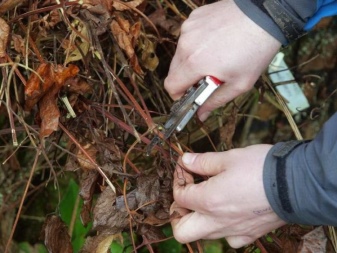
Recommendations
If the clematis variety immediately after planting develops only due to a single stem, then it should still be cut off before wintering. You need to shorten it quite strongly, leaving just a couple of healthy kidneys. Due to this, next year clematis will begin the development of basal shoots and the growth of shrubs on the sides.
In plants of the third group, one or two shoots can sometimes be left without pruning. provided that the climate in the existing zone is mild and without sharp temperature fluctuations. These strong shoots will begin to bloom in the spring, while the rest will delight with opened buds, starting in July and until mid-September.
Many amateur gardeners are concerned about the question of whether it is necessary to cut seedlings when planting directly. Most experts give a negative answer, despite the erroneous recommendations encountered to shorten the growing lashes. In a properly developing seedling that has reached the age of two, the root system adapts well to the new situation, and the shoots have grown enough, so pruning any parts does not make sense. However, in young seedlings, you can pinch the tops of the shoots in order to further stimulate tillering.
When pruning, when thinking about the number of nodes left, it is important to understand that a large number of buds will lead to more intense flowering, and a smaller number will give a larger diameter of opened buds.
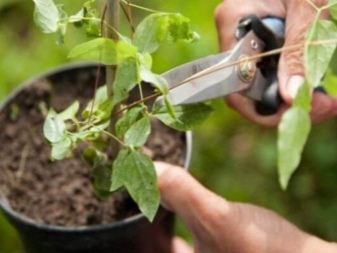
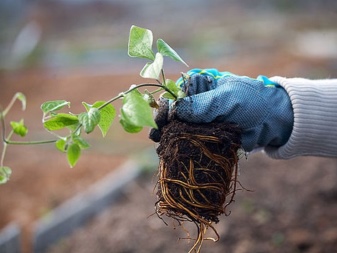
What is important to know about clematis pruning, see below.







































































































The comment was sent successfully.